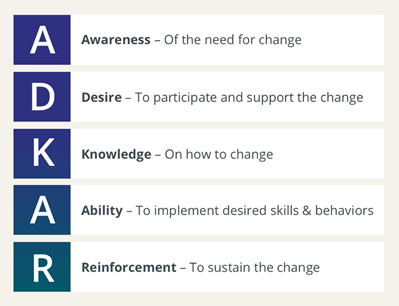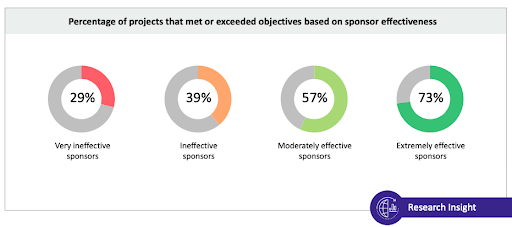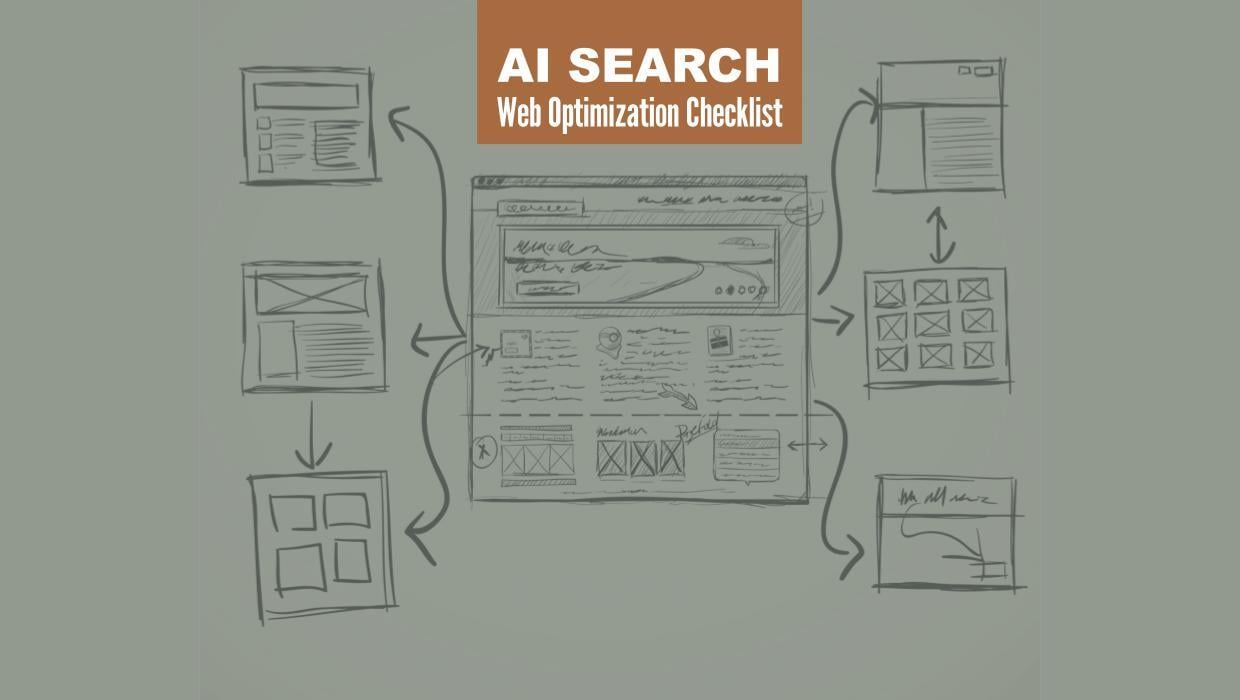Change Management Principles to Humanize CRM Implementation (and 5 Mistakes to Avoid)
Written by
You’ve evaluated, tested, and chosen the CRM destined to be your dream platform. All it takes is implementation and you’re on your way to great things … right?
Yes and no.
Not accounting for the human response to adopting the CRM could mean lagging performance, unimpressive ROI, and frustrated team members. Why? Change isn’t easy for most humans.
While 32% of people readily embrace change, the remaining 68% would rather stay in their comfort zones. The stark contrast sums up what marketing and sales managers are up against when getting team members on board with a new system, such as HubSpot CRM. It also provides a chance to focus on change management principles that empower people to successfully navigate the CRM implementation process.
Where to begin? What to do? HubSpot Principal Services Consultant James Wanke answered these questions and more at a recent Appleton HubSpot Users Group (HUG) event hosted by Weidert Group.
Perceptions About CRM Change
Typically, the timeline for evaluating and selecting a CRM system runs anywhere from 3 to 6 months. By the time a platform is selected, popular thinking is that the CRM is thoroughly vetted and will perform flawlessly.
However, the reality of moving to a new CRM may cause disenchantment:
- 48% of decision makers report the platform is ineffective
- 52% of decision makers report CRM issues are costing potential revenue opportunities
- 50–70% of CRM projects resulted in losses or didn't improve organizational performance
The question then becomes if it’s the CRM platform or a larger resistance to change among team members that’s causing dissatisfaction. The answer may lie in another statistic: Companies managing change when transitioning to a new CRM are 6 times more likely to achieve successful implementation, greater revenue, and improved future project outcomes.
CRM Change Management Best Practices
Change resistance may be a byproduct of your team feeling unprepared to handle it. Wanke subscribes to the Prosci® ADKAR Model to provide guidance that helps facilitate organizational change by focusing on individual behaviors that support it:
 SOURCE: Prosci
SOURCE: Prosci
Insightful and goal-oriented, the ADKAR approach gives people the information they need to buy into CRM implementation. It also frames the benchmarks that influence and measure the impact of change:
- Adoption and Satisfaction: Is the platform being used as intended? Does it provide daily value to users and the company?
- Project Success: Was the CRM project completed on time? On budget?
- Business Results: Were ROI targets achieved? Has the CRM helped drive better business outcomes and growth?
- Future Changes: Does the change impact future change initiatives within the company?
5 Errors That Undermine Successful Change Management
Like any organizational initiative, change management needs a sound strategy in place well before execution. Failing to purposefully approach and manage CRM change can lead to 5 mistakes that could undermine success:
1. Ineffective executive sponsorship: The person who is championing CRM change to teams and leadership must be fully engaged with their dedicated responsibilities. A sponsor who establishes and reinforces the vision and credibility of the initiative using change management principles is 73% more likely to meet or exceed the objectives.
 SOURCE: Prosci
SOURCE: Prosci
2. Inadequate communication: A late start in communicating about the CRM change and/or infrequent communication about it leads to confusion. The inability to align the message with the appropriate sender/receiver adds another layer of doubt. A communications plan that details timing, messaging, executive/people leader/other channel senders, and target audiences is a worthy investment of time and effort.
3. Resource misalignment: Underestimating the scope of the change has ripple effects. Budgets and timelines can easily be upended. People resources have finite bandwidths, so adding more to their responsibilities may be confusing, overwhelming, and almost certainly demotivating.
4. Inability to measure change effectiveness: Benchmark data needs gathering before your CRM launch. Failure to do so means guessing at change effectiveness — and that’s no way to gain operational efficiency. Change metrics compared against historical data definitively answers key questions about the decision to change, such as if outcomes were/are realistic, if revenue and growth goals have been met, and future-state projections.
5. Failure to address change resistance: Acknowledging that there will be resistance to change helps temper expectations. You can realistically identify those team members who may be most resistant and the root causes of resistance. It also provides an opportunity to pair change champions with those who are less adaptive to help overcome obstacles.
A CRM change is a big decision that will be met with varying degrees of enthusiasm. As we mentioned, change is difficult for most humans. However, keep in mind that CRM change is operationally beneficial. Scalability, total cost of ownership, and streamlining systems are compelling reasons to rally the team around the initiative.
It may not always be easy, but focusing on all aspects of CRM change — including the human side — can be done. Seek guidance and strategic planning through our CRM Implementation plans. Click the link for more details and to request a consultation.
Subscribe To Our Blog
Information. Insights. Ideas. Get notified every time a new Weidert Group blog article is published – subscribe now!
You May Also Like...

Search Engine Optimization
Optimize Your Industrial Website for AI Search

Marketing Technology
Why Unified Data Efforts Fail (and How Manufacturers Can Fix It)

Search Engine Optimization
How Falcon Rebuilt Industrial AI Search Visibility in 2025
Accelerate Your Growth with
Weidert Group
If you’re ready to explore a partnership, request a personalized consultation with our team.

